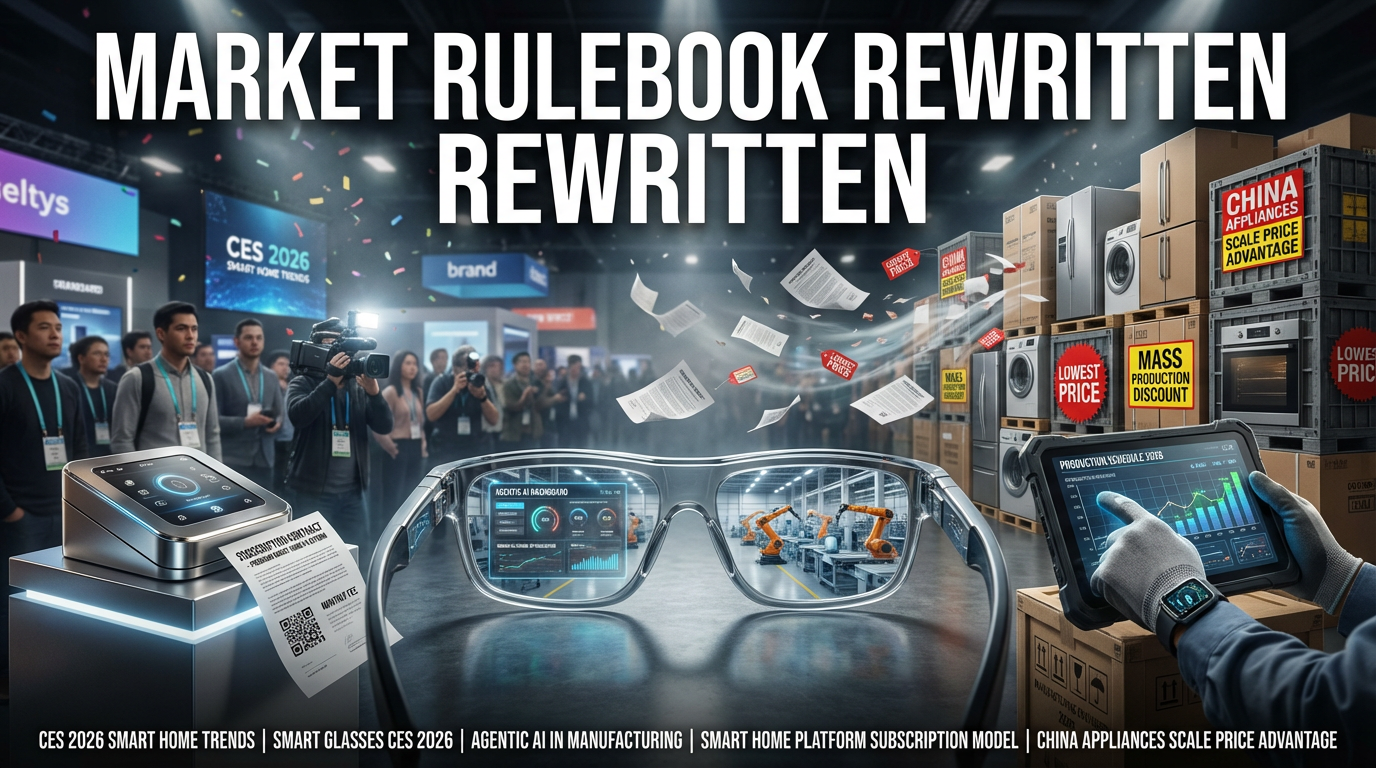*Source: [ 월텍남 – 월스트리트 테크남 ]
– 전 세계가 나노바나나 열풍…. “AI의 한계 극복”
● Google’s Nanobanana Shocks- 3D AI Obliterates Photoshop.
Nanobanana Craze and AI Innovation: A New World of 3D Realism Replacing Photoshop
1. Appearance of Nanobanana and Initial Performance Analysis
Nanobanana, a confidential generative AI model from Google, is sweeping through communities worldwide.Its capability to render 3D realism, like a figure, on the left side when a photo is input, demonstrates an innovation completely different from existing technologies.Graphics professionals are evaluating it to the extent of saying, “Photoshop is now obsolete,” as it accurately reproduces intricate details reflecting the user’s intent.This content simultaneously encompasses artificial intelligence and technological innovation, shocking the market.
2. Technological Advancement: Consistency of User Intent and Detail
While past models faced consistency issues by outputting multiple random results, Nanobanana’s core strength is its ability to retain the original image’s details exactly.It allows for precise modification of only desired parts with just a prompt, leading to a surge in demand from designers.For example, it preserves the original’s subtle textures, lighting, and shadow effects, yielding excellent results for 3D figure creation.This process has become a crucial factor, allowing us to simultaneously experience global trends and technological innovation.
3. Differentiation from Other Models like GPT and Flux Context
Nanobanana shows a significant advantage over existing AIs like GPT models or Flux Context in maintaining consistency and reproducing details.For instance, when the same prompt is entered, GPT shows subtle differences in light processing or face depiction, whereas Nanobanana accurately reflects the original intent.This results in a significant market disruption effect in how AI operates, increasing both user trust and utility.
4. Overcoming AI Limitations and Economic Ripple Effects
Nanobanana has overcome ‘randomness’ and ‘user intent distortion,’ which were chronic problems in AI.It maintains consistency even when generating images of figures like Trump or Musk.Furthermore, by enhancing language processing capabilities such as the fusion of text and images and understanding handwritten prompts, it is bringing about groundbreaking changes in the creative arts field.Such technological advancements are expected to promote AI integration into various apps and services, including Photoshop, PowerPoint, Excel, and video editing, thereby positively impacting the economy as a whole.In particular, there is an increasing number of cases where the economic outlook and artificial intelligence combine to reshape the market.
5. Future Outlook and Conclusion
Nanobanana’s success goes beyond mere technological innovation; it is rewriting the definition of creative art.The era has arrived where AI technology will automatically create according to user needs, extending to 3D printing, figure production, and even website and app development.This trend directly impacts market disruption and global innovation, foreshadowing significant changes in the future industrial competitive landscape.Specifically, the productivity improvements and cost reduction effects resulting from its application across the economy will bring about major changes to human labor environments.
[Related Articles…]The Future of AI Innovation |Global Economic Outlook Trends
*Source: [ 티타임즈TV ]
– Why is it becoming increasingly difficult to “lead” these days? (Dr. Lim Chang-hyun, SK Academy)
● Bosses Extinct – AI Era Demands Player-Coaches
Why is Leadership Becoming Increasingly Difficult Nowadays? New Leader Roles and Strategic Pivoting in the AI Era
1. Task Refusal and Changing Employee Values
Employees don’t simply want to follow orders; they demand ‘meaningful’ tasks directly connected to their own growth and career development.While leaders once solved problems with their expertise and experience, nowadays, the sentiment “I’ll do my part, so the leader should also do theirs” is increasingly vocal.This change arises amidst the currents of management, innovation, and global collaboration related to the global economy.The phenomenon of task refusal suggests that leaders must transition from being mere directors to roles where they grow alongside employees and share actual work.
2. Organizational Change and the Shift in Leader Roles
As organizations move away from traditional pyramid structures towards flatter ones, the responsibility and burden on leaders are increasing.Employees prefer leaders who can take the initiative directly on-site and demonstrate expertise, rather than traditional management-focused leadership.This change aligns with global market economics and leadership trends, requiring a redefinition of organizational culture in line with the era of AI and digital innovation.The leader’s role must transform from being a mere task allocator to a strategic partner who can cultivate employees’ potential and turn failures into opportunities.
3. Collaboration in the AI Era and Expansion of Leader Expertise
As AI technology is introduced throughout business processes, leaders must consider more efficient work design and resource planning through collaboration with AI.As AI increasingly takes over traditional management functions, leaders are being redefined as ‘playing coaches’ who directly code or solve problems on-site.Leaders must regularly conduct one-on-one conversations (individual interviews) with employees, supporting practical growth through feedback and feedforward.This process is establishing itself as a core competency within global innovation and management systems.
4. Career Transition and Leadership Update
As society enters an era of aging populations and lifelong employment, career transitions and the maintenance of expertise for middle-aged and senior employees are emerging as significant issues.Leaders must actively support networking and information exchange through weak ties, not only for their own career development but also to enable their subordinates to create new opportunities.The value of crystallized intelligence (judgment based on experience) is further highlighted, and a strategic approach is needed to efficiently respond to rapidly changing markets using AI tools.
5. Successful Strategic Pivoting and Growth
Recent success stories show the importance of attempting strategic pivoting even amidst a flow of success, rather than merely pivoting after failure.Leaders must continuously leverage the power of questioning to learn themselves and guide all employees to quickly adapt to new market environments.In this process, the core keywords of economics, leadership, innovation, and management are naturally realized, strengthening the growth momentum of the entire organization.The experience of leaders and employees visiting sites together and directly listening to customer voices significantly influences the re-establishment of organizational direction and strategy.
[Related Articles…]Leadership Change and Organizational InnovationInnovation in the AI Era, New Economic Strategies
*Source: [ IBM Technology ]
– Context Engineering vs. Prompt Engineering: Smarter AI with RAG & Agents
● Context Engineering – AI’s Hidden Goldmine, Exploding Global Wealth
Context Engineering vs. Prompt Engineering: A New Paradigm of AI Technology and Its Impact on the Economy
1. Innovation in AI Workflows – A Development Journey in Chronological Order
Starting from prompt engineering to the utilization of tools in the final stage, the entire process is systematically explained.First, prompt engineering provides core guidelines that determine the performance and output of LLMs (Large Language Models).Techniques such as role assignment, few-shot examples, and chain-of-thought are included, helping the model adopt the correct role and produce accurate responses.This process is essential in the era of AI technology and digital transformation, enhancing overall economic efficiency and innovation capabilities.
2. Context Engineering – Broader System Configuration and the Convergence of RAG and Agents
Context engineering goes beyond simple prompts, combining all information an LLM needs during execution.This includes retrieving documents, memory management, state management, and dynamic information retrieval through RAG (Retrieval Augmented Generation).For example, just as a travel booking agent Graeme connects with company travel policy data or calendars beyond simple prompt manipulation to yield correct results, context engineering enables more sophisticated system operation.Such comprehensive system configuration can serve as the foundation for digital innovation not only in AI technology but also across the economy and business.
3. Case Study – Real-time Problem-Solving Process with Agent Graeme
In the first case, Graeme attempts to book a hotel relying on simple prompts.The problem that arises here is location confusion due to insufficient input information.In the second case, additional information (e.g., “Conference in Paris, France”, price information, hotel specifications, etc.) is entered.If clear instructions and additional conditions are not properly conveyed during this process, errors can still occur in the system.Through these cases, prompt engineering plays a role in clarifying questions, while context engineering helps AI make correct decisions by injecting real-time data into the entire system.
4. Connection Between AI Technology and the Economy – Ripple Effects on Global Economic Outlook
These prompt and context engineering techniques are core innovation elements of AI technology.Particularly, RAG and multi-agent systems are applied in economic sectors such as market analysis, financial forecasting, and supply chain management to enhance competitiveness.Economic experts and business leaders can integrate these technologies into their digital transformation strategies to maximize cost savings and efficiency.As a result, the development of these systems clarifies the global economic outlook further, providing hidden value and important insights often not covered in traditional economic news or YouTube.
5. Key Points – Things to Check Without Fail
- Prompt Engineering: Effectively guides model output using methods such as role assignment, few-shot examples, and chain-of-thought techniques.
- Context Engineering: Combines real-time dynamic information and external tools using memory management, state management, and RAG.
- Agent Systems: Provides realistic services through multi-agent and tool integration.
- Economic Impact: Ripple effects on the global economy through digital transformation and AI technology integration.
- System Integration: Designed to enable AI to solve complex real-world problems by combining prompt and context elements.
[Related Articles…]Prompt Engineering AdvancesContextual AI Systems


